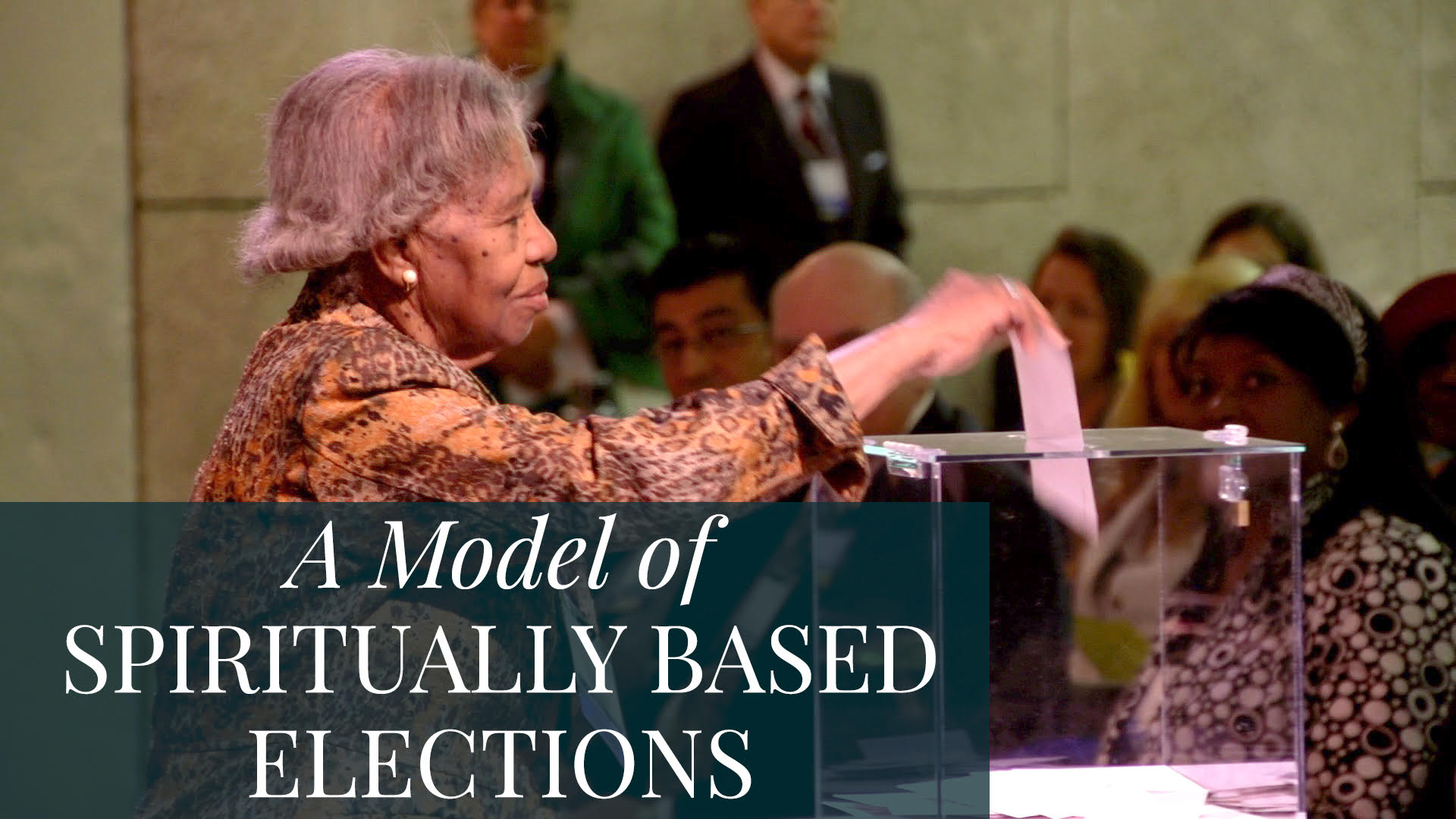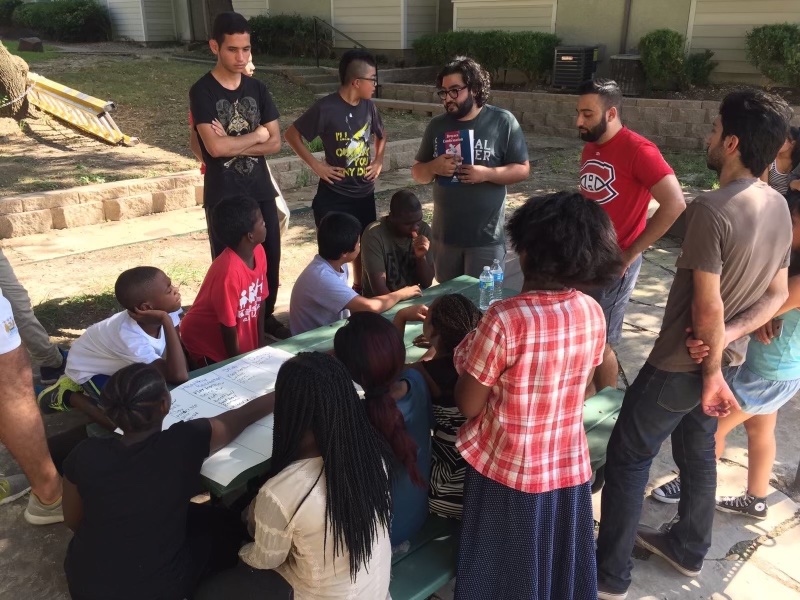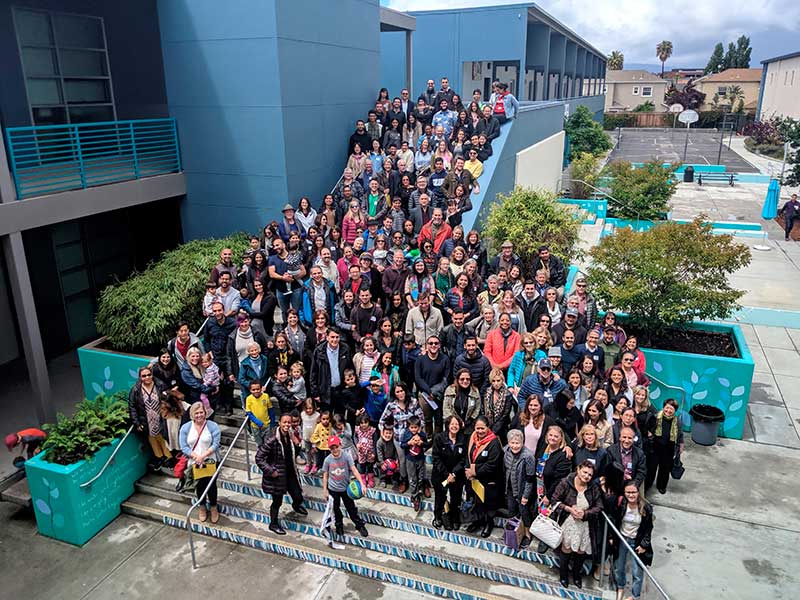
The Journey of Grassroots Community Building in Boston and Dallas

Sam Osoro’s 13-year dedication to Baha’i community-building activities began with a simple question: “What does it mean to be a true friend?”
In his Boston community, Osoro and some friends began a devotional space dedicated to prayer and conversation, to further their exploration of true friendship. “We wanted to think about what it would mean if we all [relocated] together,” he explains.
In 2011, he and a few other Bahá’í community members decided to move to the Mission Hill neighborhood, beginning junior youth groups in three different pockets of the neighborhood. The Junior Youth spiritual empowerment program seeks to guide middle schoolers to channel their energies towards community service and self-development. This is done by bringing together a group of 10-15 youth who are aided by an animator, an older mentor in their neighborhood who follows their journey over 3 years.
Eventually, the team in Boston consulted and decided it best to focus on one group, Osoro adding, “I’m happy we made that decision, it was really based on love and unity.”
Osoro’s early experience in cultivating neighborhood activities held an important and persistent learning on the nonlinear nature of community building. Throughout the last 13 years, the neighborhood activities have experienced innumerable changes and challenges, however, as the 2016 Riḍván message from the Universal House of Justice states, “small steps, if they are regular and rapid, add up to a great distance travelled.”
In Dallas, another set of neighborhood activities emerged in an equally organic manner, when a group of youth became interested in learning more about the junior youth program. Sina Sarvestani, a member of the community, worked with his local team to implement a two-week program in the Vickery Meadow neighborhood. “We didn’t really know anybody at that time,” Sarvestani explains. “We just picked one apartment complex and started knocking on doors.”
In a short time, their efforts were confirmed. “One of the very first people that we met was a Hispanic mom who didn’t really speak English, and we didn’t really speak Spanish,” Sarvestani says. “But we had a card that had the name of the program and she got really excited. She had tears in her eyes saying, ‘Spiritual, this is what my son needs.’”
By the end of their outreach efforts, two junior youth groups emerged. Like in Boston, a number of local Baha’is relocated to the Vickery Meadow neighborhood, including Sarvestani. From their presence in the neighborhood, other Bahá’ís in the surrounding area became involved, specifically those who could help bridge linguistic gaps. Additionally, the language differences created an opportunity during visits with families to engage English-speaking family members.
While bonds within the neighborhood were strengthening, there were some challenges regarding retention within activities. In 2016, the Vickery Meadow team held an outreach program during which they spoke to around 300 youth. “About 60 ended up attending information sessions and 20 of them started [Ruhi] Book 1,” Sarvestani says. “But by the time we got to the second unit of Book 1, we lost most of those youth.”
The community was presented with an opportunity to reassess their approach through reflection and consultation. After spending some time discussing the neighborhood dynamics, the team – which consisted of Bahá’ís who moved into the neighborhood and longtime community members – realized that youth would sometimes stop participating in the study when facing a moment in which they felt they had to decide between the Bahá’í Faith’s practices and those of the religions they grew up in.
Sina and his team re-emphasized the reason youth were drawn to the institute process in the first place: the ardent desire to make a change in their community. They decided to shift their focus to the action component, engaging youth in home visits, children’s classes and junior youth groups throughout their study.
In both the Boston and Dallas communities, local teams approached families with more accessible tasks and responsibilities, like visiting a junior youth group one week or bringing a snack, rather than bringing up the roles of children’s class teachers or co-animators. They also participated in frequent home visits, using concepts from the December 30, 2021 message of the House of Justice to guide conversations about social forces. This gradual approach to integration helped establish trust and ownership among local families.
“We realized that we need to learn how to really become one with [the community],” Sarvestani explains. “Becoming a part of their lives, being able to have conversations with them in a way that they see we genuinely care about them. We’re not just here to invite them to another activity [or] program.”
In these conversations during home visits, Sarvestani and his team asked youth who had disengaged with the institute process to identify the forces they see at work that were impacting youth and children in their neighborhood. Some of the forces identified were drugs, fighting and bullying happening in schools, and parents having to work all-consuming hours, leaving children and junior youth unattended, who would often learn negative habits from older people. They were able to connect these concepts back to Ruhi Book 1, re-engaging some youth. “It taught us how to read reality through their lens, so they could be part of our consultation and reflection spaces,” Sarvestani says.
According to Osoro, a key element of successfully understanding realities in various communities is ensuring residents who grew up in the focus neighborhood are members of the core team. “It’s having faith in their observations and history with the neighborhood,” he says, adding that even homefront pioneers who have lived in the community for many years “still don’t know the neighborhood at all, because of all these social forces that are evolving.”
In Sarvestani’s neighborhood, it took six years of building trust and credibility with a local school until they allowed junior youth group outreach to take place at the school. At the time, Sarvestani had begun working at the school. Their team talked to 300 youth, with 200 signing up, and of those, 80 showed up for the first junior youth group meeting. “Week after week the numbers were going down,” he says, “but eventually, we were able to engage a pool of maybe about 10 to 15 participants in each group.” While numbers did fall, 300 youth were able to learn about the vision of the Baha’i Teachings, planting the seeds for future growth and participation.
Back in Mission Hill, Osoro describes a mother who experienced problems with her son prior to his joining the junior youth group. “[She said] he wouldn’t listen to me, but once he started going to the institute activities, his behavior changed,” Osoro explains. The mother shared this with another local mom, who then decided to send her child to the group as well.
“Our relationships are evolving where families are really sharing their aspirations, but also some of the challenges they see in the neighborhood,” Osoro continues. “We’re able to reflect on that and see how we can move forward together.”





